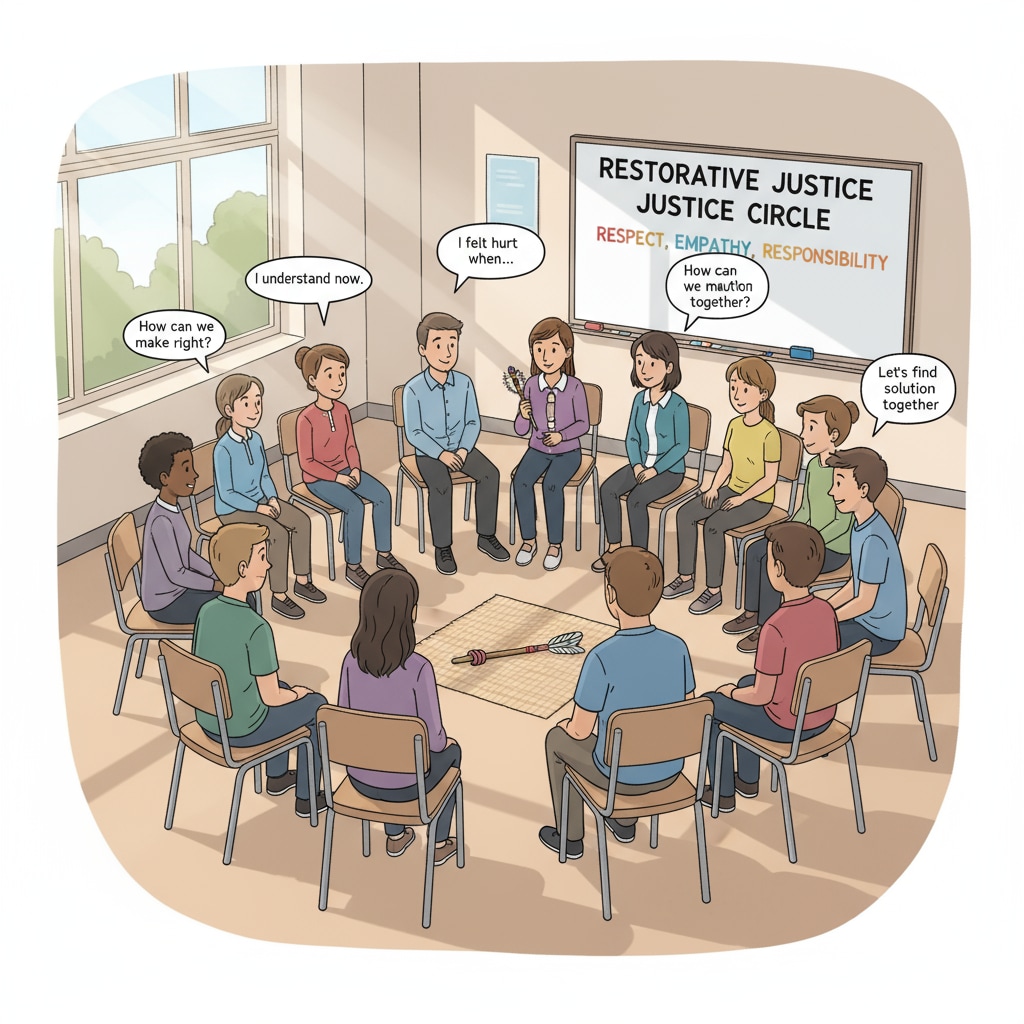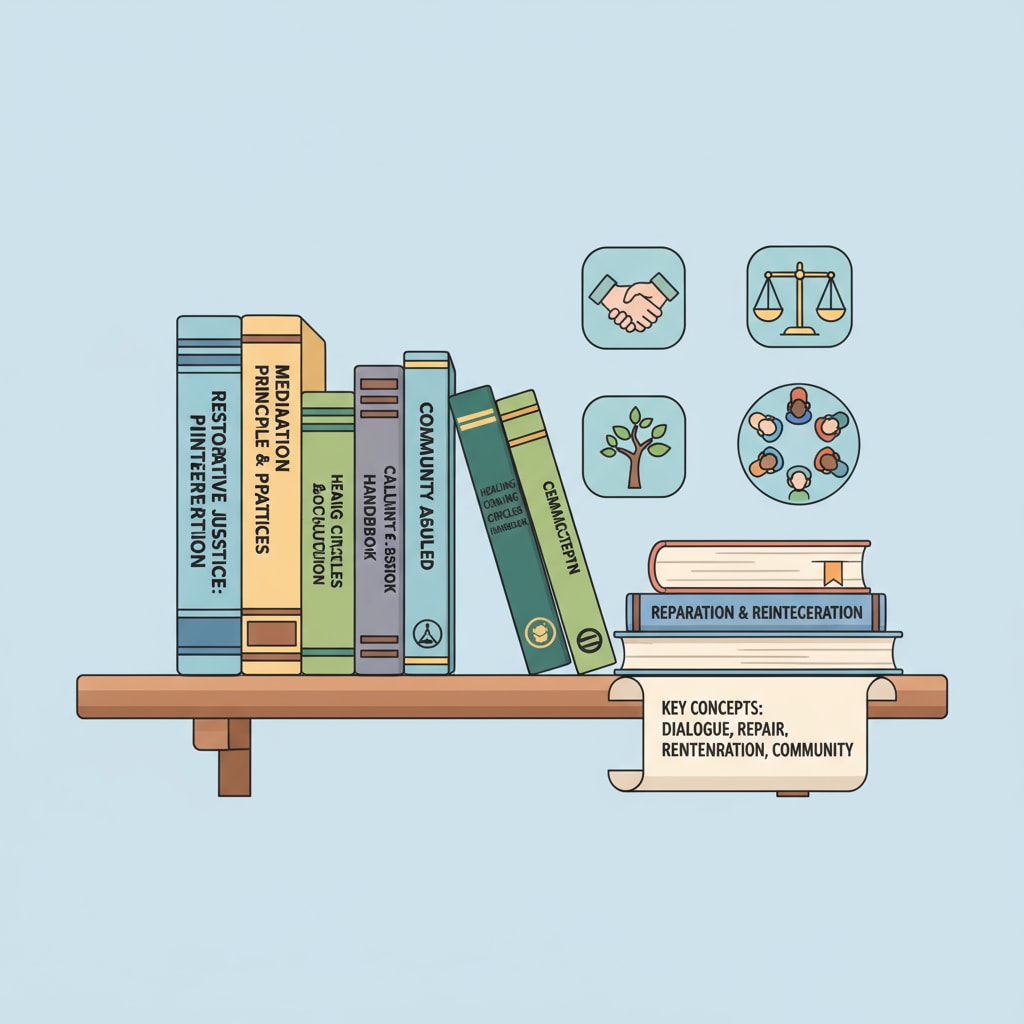Restorative justice, educational resources, and school management are crucial aspects in the field of K12 education. In recent years, there has been a growing interest in restorative justice practices within schools as a means to create a more inclusive and harmonious learning environment. This article aims to provide educators with valuable resources and practical implementation suggestions regarding restorative justice, while also reflecting on the challenges and opportunities it presents within the framework of school management.

The Concept of Restorative Justice in Education
Restorative justice in education is centered around the idea of repairing harm and rebuilding relationships when conflicts or misbehaviors occur. It differs from traditional punitive approaches, which often focus on punishment and discipline. Instead, restorative justice aims to involve all parties affected by an incident – the victim, the offender, and the community (such as classmates and teachers) – in a process of dialogue and problem-solving. According to Wikipedia’s entry on restorative justice, this approach emphasizes accountability, healing, and the restoration of relationships. For example, when a student bullies another, instead of simply punishing the bully, restorative justice would encourage a conversation where the bully understands the impact of their actions, and steps are taken to repair the harm done to the victim and the classroom environment.
Essential Educational Resources for Restorative Justice
In implementing restorative justice, educators need access to various resources. Firstly, training programs are essential. Many organizations offer professional development courses for educators on restorative justice principles and techniques. These courses teach skills like active listening, facilitating difficult conversations, and conflict resolution. Secondly, there are numerous books and online materials available. Works such as “Restorative Justice in Schools: How to Build Communities of Responsibility and Respect” provide in-depth knowledge and practical examples. Additionally, some schools have developed their own restorative justice toolkits, which may include guidelines for circle processes, questionnaires for assessing the impact of incidents, and templates for restorative conversations. As a result, educators can draw on these resources to better understand and implement restorative justice practices in their classrooms and schools, as explained in Britannica’s article on restorative justice.

Implementing Restorative Justice in School Management
Integrating restorative justice into school management requires a systemic approach. School administrators need to create a supportive environment where restorative justice is valued and practiced. This can involve establishing clear policies and procedures for restorative justice processes, such as how to initiate a restorative conversation or circle. Teachers should be trained to incorporate restorative justice principles into their daily teaching and classroom management. For instance, they can start each class with a short check-in circle, where students share their feelings and experiences. In addition, involving students in the development of school rules through restorative discussions can help them take ownership and responsibility for maintaining a positive learning environment.
Readability guidance: The key points here are presented in a clear and straightforward manner. We have used short paragraphs to enhance readability and provided lists where possible. The passive语态 has been minimized, and transition words like “firstly”, “secondly”, “additionally”, and “for instance” have been used to connect ideas smoothly.


